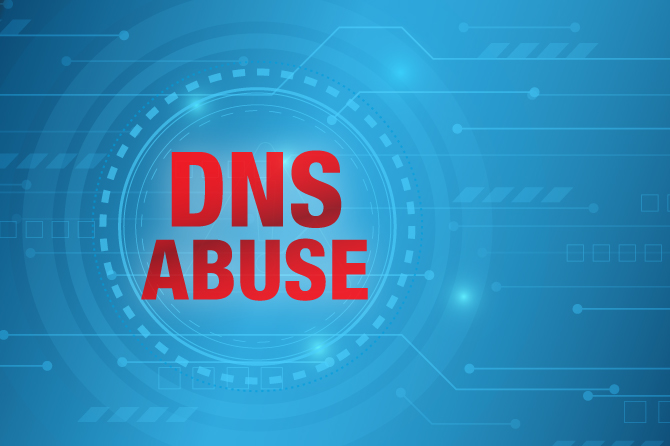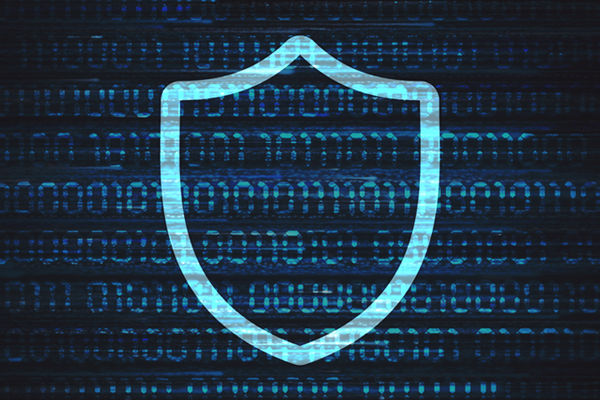Last month, the RSA Conference – one of the world’s largest and most influential forums on cybersecurity and cryptography – honored our colleague, Verisign Chief Technology Officer Burt Kaliski, with a Lifetime Achievement Award for his enduring and significant contribution to the advancement of the cybersecurity industry and cryptography.
(more…)








